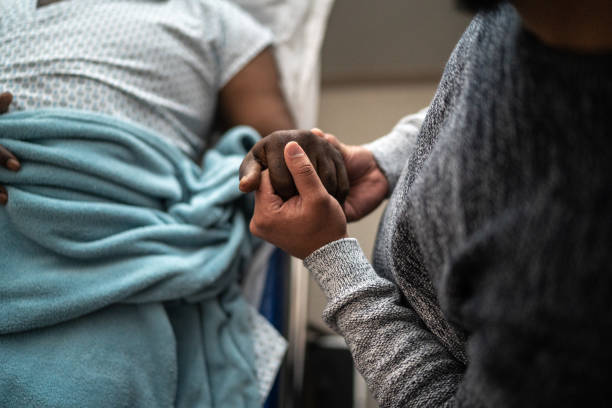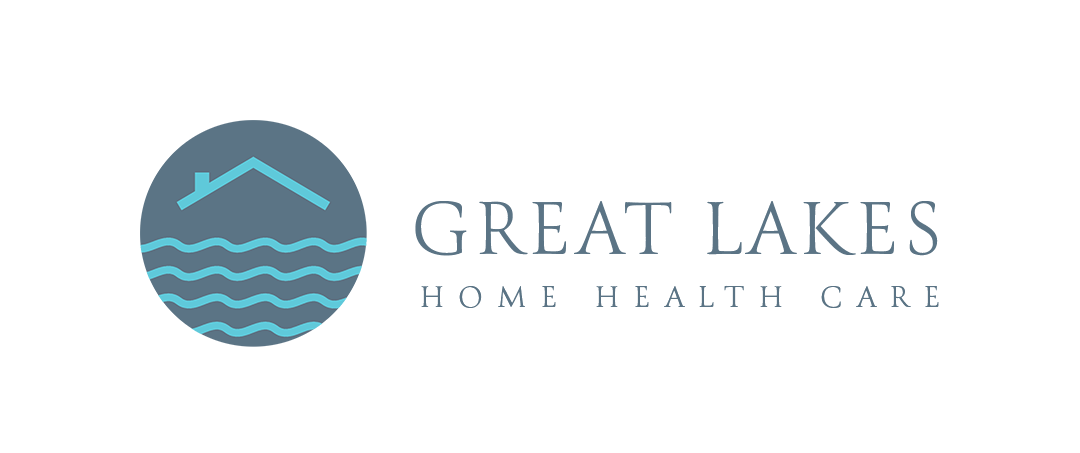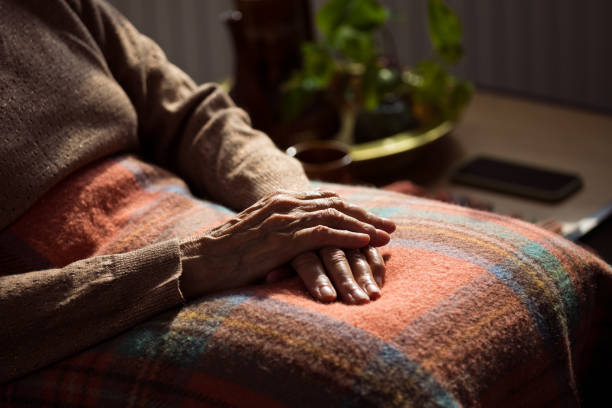As the global population ages, the focus on senior health care has shifted from reactive treatment to proactive monitoring. One of the most effective tools in this transformation is home health care, which offers personalized medical support in the comfort of a patient’s home. This model not only promotes independence but also plays a crucial role in identifying early signs of illness, an essential factor in improving health outcomes among older adults.
Contents
- 1 The Importance of Early Detection in Senior Care
- 2 What Home Health Care Offers Beyond Traditional Care
- 3 Common Senior Illnesses Caught Early with In-Home Monitoring
- 4 How Technology Enhances Home Health Capabilities
- 5 Empowering Seniors Through Personalized, Preventive Care
- 6 A Cost-Effective Model with Long-Term Benefits
- 7 Looking Ahead: A Future Focused on Early Intervention
The Importance of Early Detection in Senior Care
Early detection of illness in seniors is vital. Age-related physiological changes often obscure or alter the typical symptoms of conditions such as heart disease, diabetes, respiratory disorders, and cognitive decline. A minor symptom may go unnoticed until the condition becomes severe, leading to higher risks of hospitalization, complications, or loss of autonomy.
By identifying these signs early, health care providers can intervene quickly, ensuring better treatment outcomes and preventing the progression of chronic conditions. This is where home health care provides a distinctive advantage.
What Home Health Care Offers Beyond Traditional Care
Unlike traditional clinical visits, home health care enables professionals, such as nurses, therapists, and aides, to observe the patient’s environment and daily behaviors. These in-home interactions offer valuable insights that are often missed in a clinical setting. For example, a nurse might observe signs of malnutrition from an empty pantry or notice increased fall risk from poor lighting or cluttered hallways.
Additionally, home health providers build trust and rapport with patients over time, increasing the likelihood that seniors will communicate subtle changes in their well-being. These changes might include shortness of breath when climbing stairs, occasional confusion, or irregular medication use—all of which can be early indicators of larger health issues.
Common Senior Illnesses Caught Early with In-Home Monitoring
Cardiovascular Diseases: Home health professionals can monitor blood pressure, heart rate, and symptoms like edema or fatigue, which often precede more serious cardiac events. Regular monitoring can help adjust medications and lifestyle interventions before hospitalization is needed.
Diabetes: Blood sugar tracking, nutritional guidance, and foot care can be provided at home, reducing the chance of complications such as neuropathy, vision problems, or kidney disease. Early signs of insulin resistance can also be detected before full-blown diabetes develops.
Cognitive Disorders: Conditions such as Alzheimer’s and other dementias can be hard to identify early without continuous observation. Home health caregivers often notice patterns such as forgetfulness, disorientation, or changes in personality and hygiene, leading to faster diagnosis and intervention.
Respiratory Conditions: Chronic obstructive pulmonary disease (COPD) and asthma are prevalent among older adults. Daily monitoring can track changes in breathing, oxygen levels, and coughing frequency, prompting timely adjustments to medication or the need for further evaluation.
Infections and Wound Care: Seniors are at increased risk of infections such as urinary tract infections or pneumonia, which may present atypically. Home health care providers are trained to detect early signs like confusion, fever, or subtle changes in mobility. For seniors with limited mobility or diabetes, monitoring pressure ulcers or wounds is also essential for avoiding severe infections or amputations.
How Technology Enhances Home Health Capabilities
Modern home health care is increasingly supported by digital tools. Telehealth consultations, wearable health trackers, remote monitoring systems, and smart medication dispensers all contribute to more efficient and accurate tracking of health metrics. These tools provide real-time data that can be shared with a wider medical team, ensuring quick decision-making and adjustments to care plans.
Technology also empowers families. Loved ones can receive updates through mobile apps or email, providing peace of mind and enabling them to participate more actively in the senior’s care journey.
Empowering Seniors Through Personalized, Preventive Care

Home health care is not just about medical intervention—it’s also about education and empowerment. Seniors learn about managing their conditions, adhering to medication schedules, and recognizing warning signs themselves. This patient-centered approach cultivates autonomy while reducing reliance on emergency services or long-term institutional care.
When care is tailored and personal, seniors are more likely to follow through with recommended regimens. This consistency is crucial in catching the earliest signs of illness and maintaining long-term health.
A Cost-Effective Model with Long-Term Benefits
While the upfront costs of home health care may seem comparable to other models, the long-term financial benefits are significant. By preventing hospital admissions, managing chronic conditions effectively, and delaying the need for residential care, home health care reduces the overall burden on families and the health care system.
Moreover, it provides intangible benefits that are just as valuable—enhanced dignity, improved quality of life, and peace of mind for both patients and their loved ones.
Looking Ahead: A Future Focused on Early Intervention
As health care systems evolve to meet the demands of an aging population, home health care will become a cornerstone of senior wellness. Its ability to combine clinical expertise with compassionate, in-home attention makes it uniquely suited to identify and manage early signs of illness.
Investing in home health services is not only a compassionate choice—it is a strategic one that can transform the future of aging, ensuring that seniors live longer, healthier, and more fulfilling lives in the place they feel most comfortable: home.

